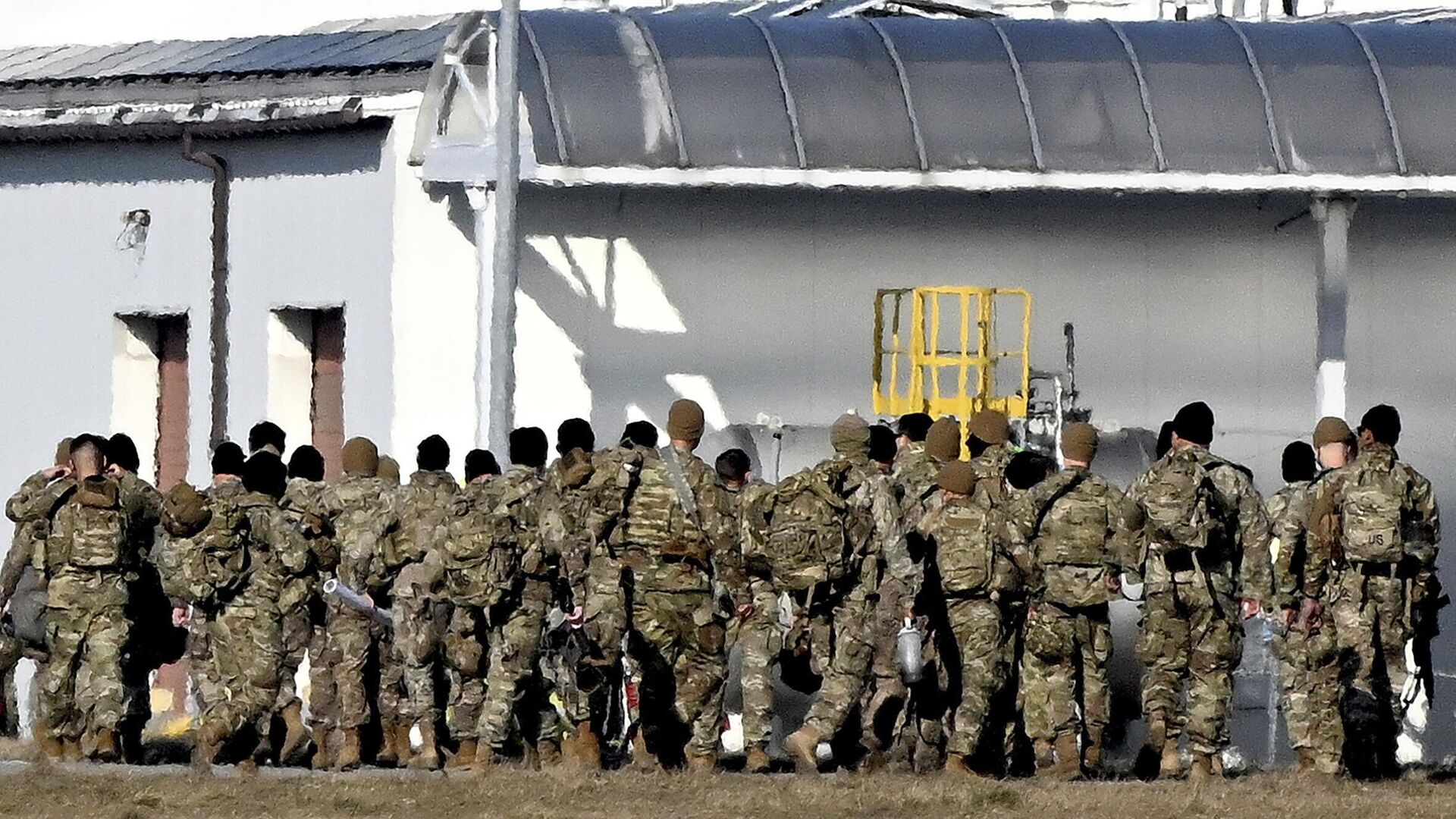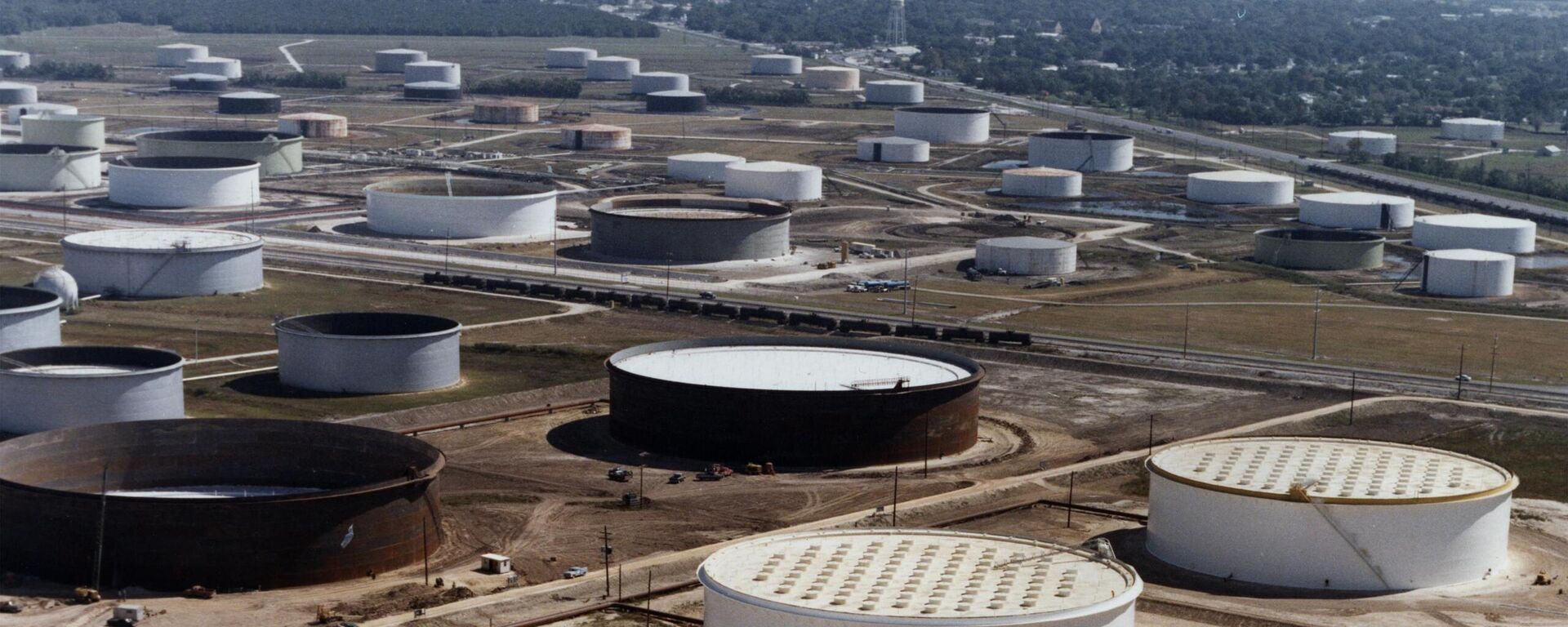US Army Suggests Soldiers Sign Up for Food Stamps to Alleviate Inflation Pains

© AP Photo
Subscribe
Amid rising commodity prices, the US Army has taken action to help its troops and their families ensure they can afford the daily necessities: it’s not a raise, it’s a link to the Supplemental Nutrition Assistance Program (SNAP), commonly known as food stamps.
According to Fox News, the Department of the Army issued the new guidance recently as part of its Financial Readiness Program, in which it indicated that "service members and their families may be eligible” for SNAP and provided them with a link to the program’s website and phone number.
"With inflation affecting everything from gas prices to groceries to rent, some soldiers and their families are finding it harder to get by on the budgets they’ve set and used before," guidance from Sergeant Major Michael Grinston said. "Soldiers of all ranks can seek guidance, assistance, and advice through the Army’s Financial Readiness Program."
A program run by the US Department of Agriculture, SNAP is a means-tested program that provides money on a biweekly basis to low-income families in a special account, which they can only spend on certain food items. Non-food items, alcohol, vitamins and medicines, food intended to be consumed where it is prepared, and hot foods such as rotisserie chickens are all excluded from the program, meaning SNAP funds cannot be used to buy them.
Other items mentioned in the Army’s guidance include the Public Service Loan Forgiveness Program, which provides student loan forgiveness for military members and government employees after a certain number of years in service.

13 September 2022, 17:50 GMT
Back in 2013, fast food giant McDonald’s, known for its low wages - and for its workers’ struggles to increase them - released similar guidance, suggesting its employees sign up for federal assistance to help them survive. The fiasco came months after the corporation released a financial guide ostensibly proving it was possible to live on the low wages it paid, which was widely lambasted as “tone deaf” and “insulting.”
Although it’s a federal program, SNAP is administered by the states, meaning its availability can vary drastically depending on the political party that holds sway in a given area. During earlier parts of the COVID-19 pandemic, the federal government provided the states with increased SNAP budgets to alleviate the massive unemployment and avoid starvation, but Republican governors in particular rushed to end the emergency programs as part of a culture war against mandates for vaccines and masks aimed at getting “back to normal.”
As a result, when inflation began to spike in late 2021, many states were bereft of tools to help their poorer residents make ends meet.
Record levels of inflation have been recorded in the US since January 2022, but despite aggressive increases in interest rates by the Federal Reserve, Tuesday’s Consumer Price Index (CPI) report put out by the Bureau of Labor Statistics recorded little impact on the phenomenon. The report found that the price of basic commodities had increased by 8.3% in August 2022 over the same month a year prior.
The news caught investors and financiers by surprise, and the New York Stock Exchange suffered its worst losses in more than two years.
Inflation has both contributed to and been caused by a rise in gasoline prices, although multiple other factors have as well, including shutdowns and delays related to COVID-19 outbreaks and the Western boycott of Russian energy exports that began in the spring after Moscow launched its special operation in Ukraine. The US has attempted to tackle the problem in several ways, including massive selloffs of crude oil from its Strategic Petroleum Reserve and passing an “Inflation Reduction Act.”

